Posted by Madam Bubby
The current national anthem of the United States is extremely difficult to sing. As someone who has done some professional singing and is now currently trying to rejuvenate his voice, trust me on this one.
It keeps plunging down into low notes or what some vocal pedagogues call chest register, which can drag the rest of the voice down, and at the end, one is supposed to sing a high note on an “ee” vowel, “land of the free.” Because of this difficulty, it even gets transposed down even lower, which means it ends up sounding like a growling monotone.
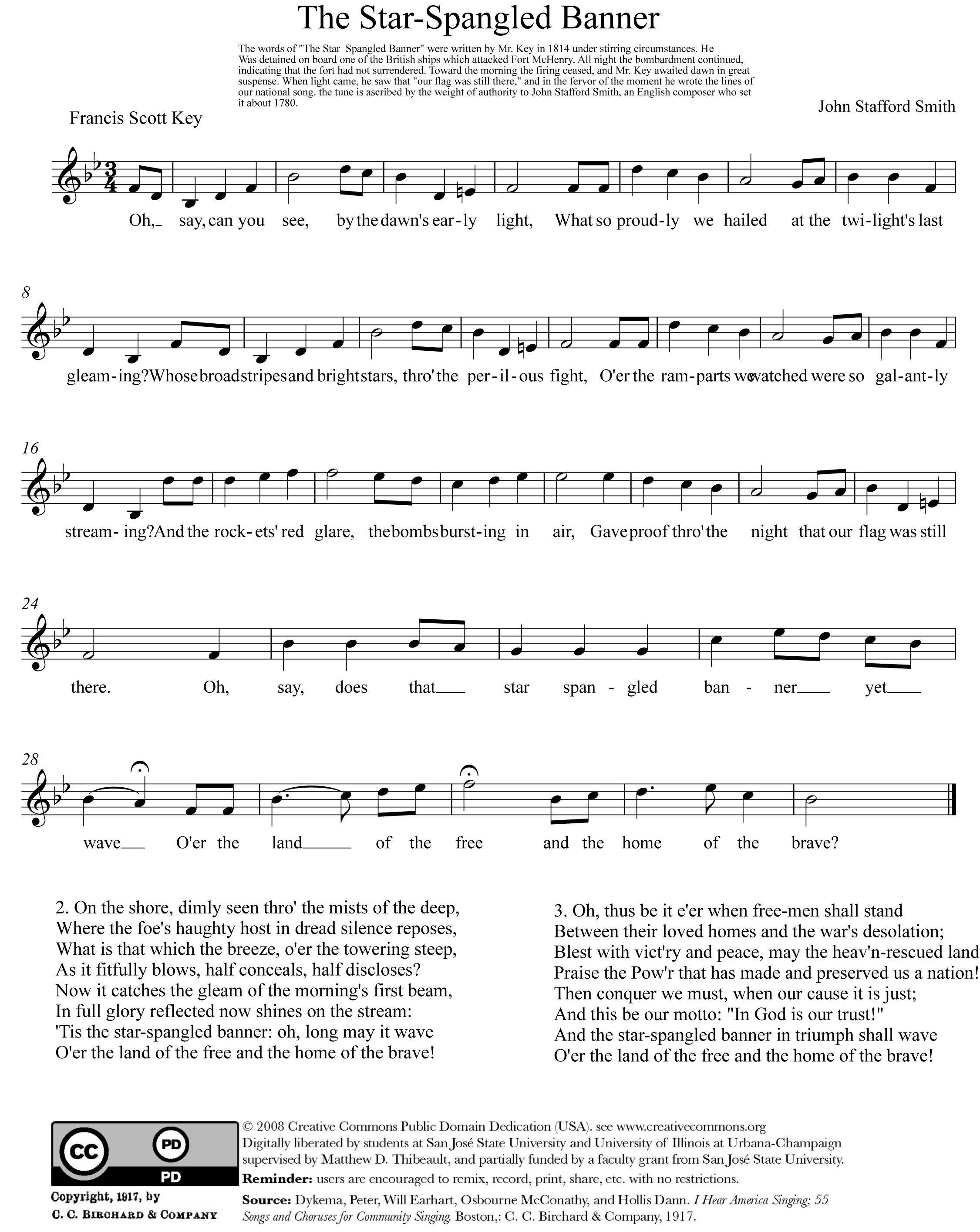
The composer, Francis Scott Key, was aiming for a heroic line that matched the bombastic lyrics, and he perhaps was thinking of situation like those that occur at baseball games where one listens to trained singer sing it.
Times have changed in that manner, and unfortunately we have been subjected to travesties like the dreadful yowling of Roseanne, or in the manner of many pop singers, adding to what is already difficult by adding vocal turns and coloratura and the like (perhaps to keep the voice flowing as it tries to surmount the line’s irregular see-sawing movement).
Vocally it’s problematic, but regarding the text, many have complained about the militaristic imagery, especially “rockets’ red glare/bombs bursting in air.”
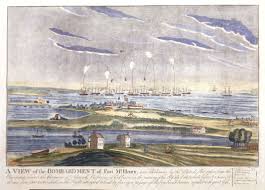
More significantly, given the social changes now occurring because of the Black Lives Matter movement, some activists say the United States should replace “The Star-Spangled Banner.” Why? Its lyrics were written by Francis Scott Key, a slaveholding lawyer who expressed white supremacist views.
Songs that some have suggested as replacing it have included “America the Beautiful,” “This Land Is Your Land,” “My Country ‘tis of Thee” “God Bless America,” and “Lift Up Every Voice and Sing.” John Lennon’s “Imagine” and Dolly Parton’s “Color Me America” are also on the list.
See this link for some performances of the some of the above songs.
I have in the past tended to move with the “America the Beautiful” replacement crowd. Why? It’s easy to sing, with a range, and more significantly, meter that matches many of the hymns people were used to singing in church. In fact, it’s got the same meter as “Auld Lange Syne,” the common meter, which means one can sing the lyrics and melody for each song interchangeably.
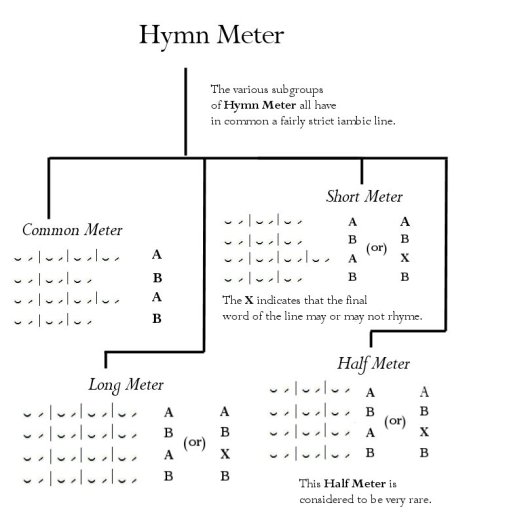
Common hymn meter - Source: https://poemshape.wordpress.com/category/guides/about-common-ballad-meter/
Now, some have noted the text by Katherine Lee Bates tends to read like a travelogue or landscape; it doesn’t really proclaim and develop an idea as much as describe a landscape, vast mountains and plains and “spacious skies” surrounded by “shining sea.” But that’s the part of the lyrics we usually sing. There’s much more!
In 1893, there’s the verse:
God shed His grace on thee
Till selfish gain no longer stain,
The banner of the free
Which was then changed in 1904 to:
May God thy gold refine
Till all success be nobleness,
And every gain divine
The 1893 verse actually sounds more radical, given the context of the previous lines, which refer to “liberating strife,” which could refer to the Revolutionary War and the Civil War, “once or twice” events that liberated Americans from “selfish gain.” Ultimately, war is vain and degrades the human person to a number, an impersonal body, rather than as earlier in the verse, “a precious life.”
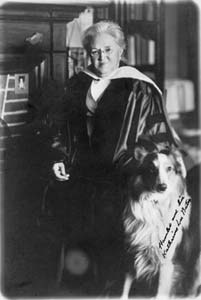
Katherine Lee Bates - Source: https://www.harvardsquarelibrary.org/cambridge-harvard/katharine-lee-bates/
In 1904, and in a later revision in 1911, one encounters stereotypical imagery of heroes sacrificing themselves for America and tying in more the Manifest Destiny idea. The result of the liberating strife veers between martyrdom and material prosperity; I am getting more than a hint of the Prosperity Gospel. Success, in whatever shape or form, means one is blessed by God.
Overall, this conversation ultimately ends up being a “tough call,” and as the LGBTQ Pride Flag has now undergone a transformation to include people of color, one wonders if the traditional staples need to be cast aside as we confront the injuries in the name of those American, using Bates’ word, “glory tales” that oppress rather than liberate, enclose rather than include.
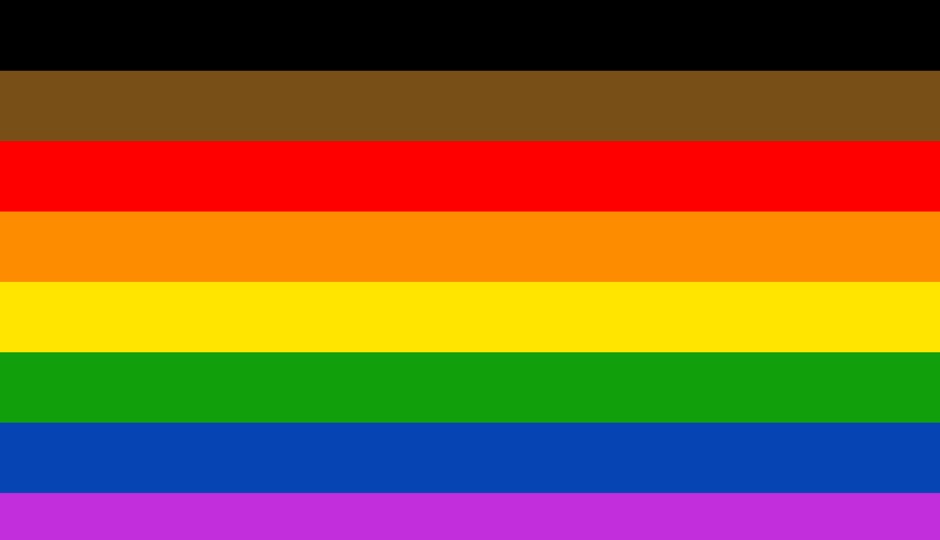 Update of the Pride flag with black & brown stripes introduced at 2017 Philadelphia Pride as an inclusionary revision highlighting people of color
Update of the Pride flag with black & brown stripes introduced at 2017 Philadelphia Pride as an inclusionary revision highlighting people of color
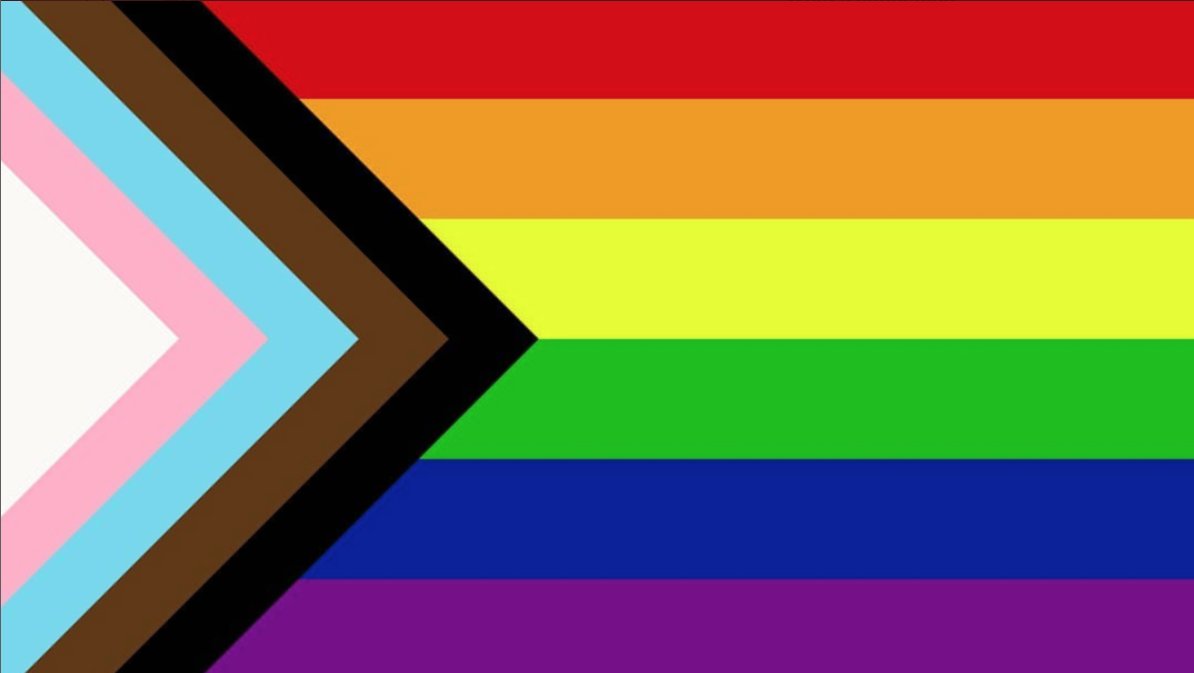
2018 update of the Pride flag by artist Daniel Quasar that also includes the Trans Pride flag colors
Music moves flexibly in time; it’s not an immobile statue in physical space. As long as there is someone to sing a song, it will exist.
Ultimately, the act of singing itself is an act of vulnerability but also empowerment. Every time one sings, one re-creates, just as all are “crowned with good,” because they were created in the image of the Divine.




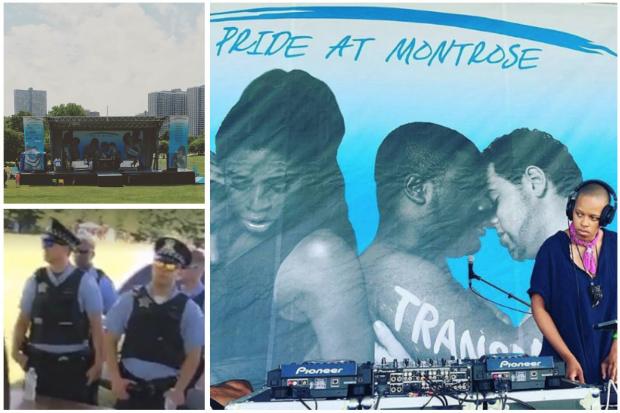
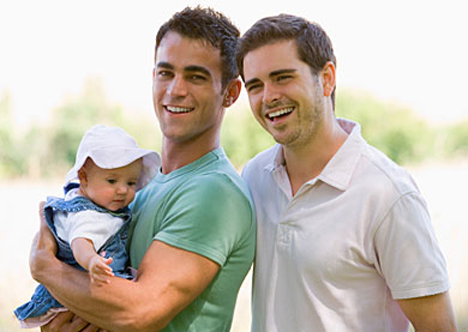
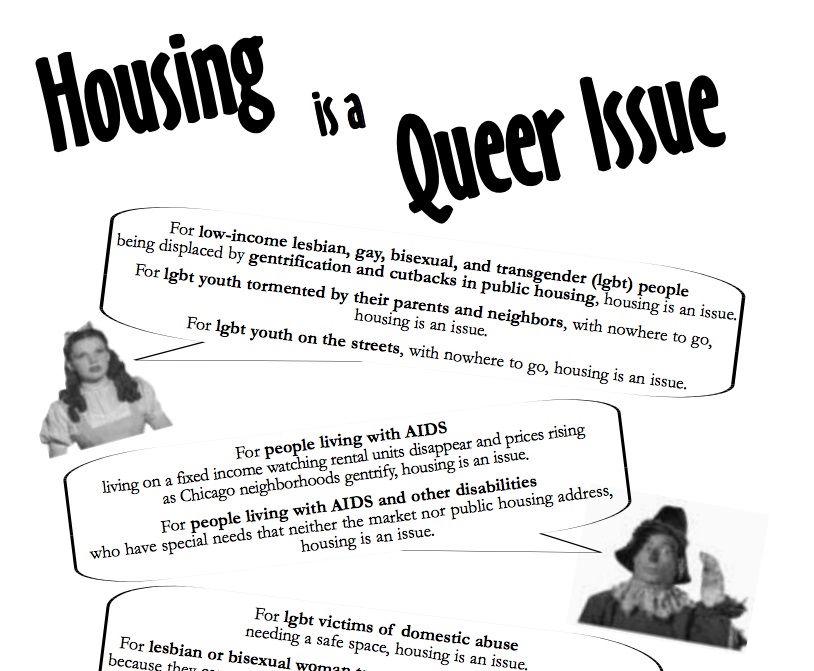
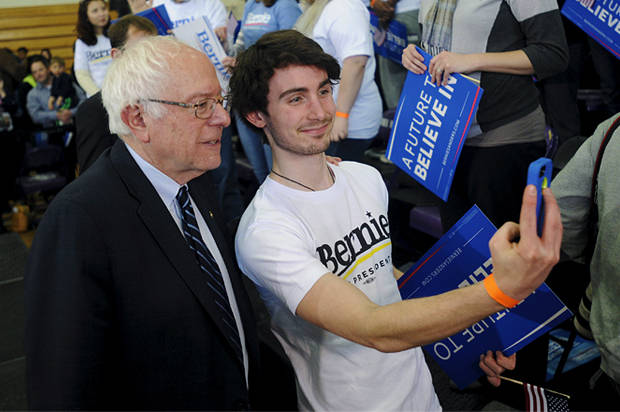
 Join our Email List
Join our Email List Like Us on Facebook
Like Us on Facebook Instagram
Instagram Youtube
Youtube Follow Us on Twitter
Follow Us on Twitter Follow us on Pinterest
Follow us on Pinterest